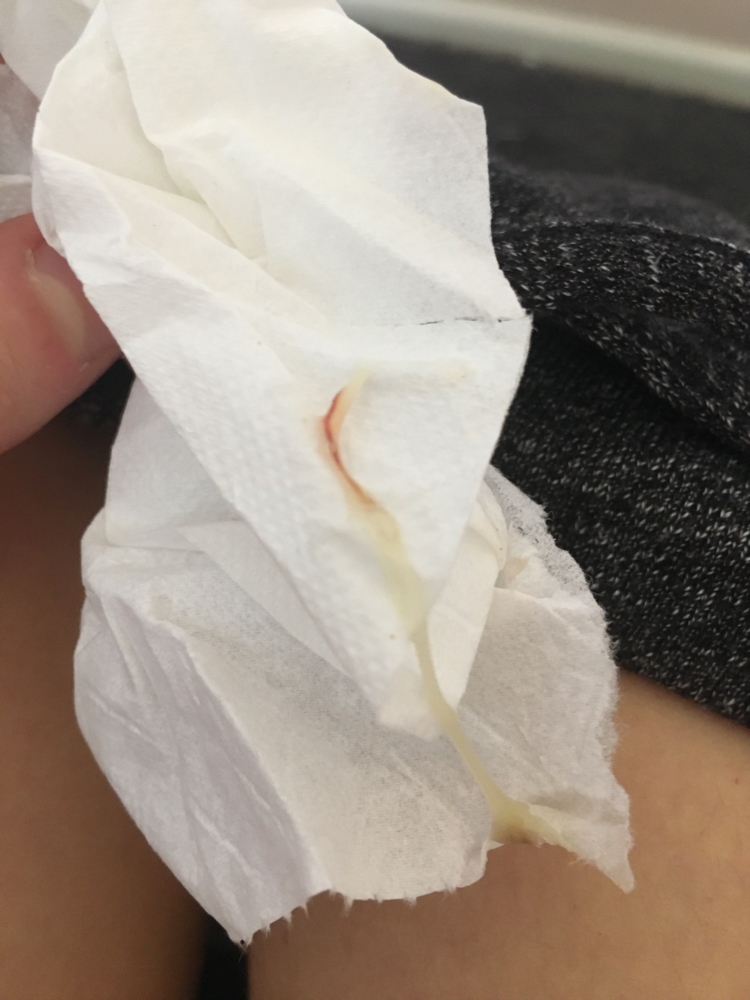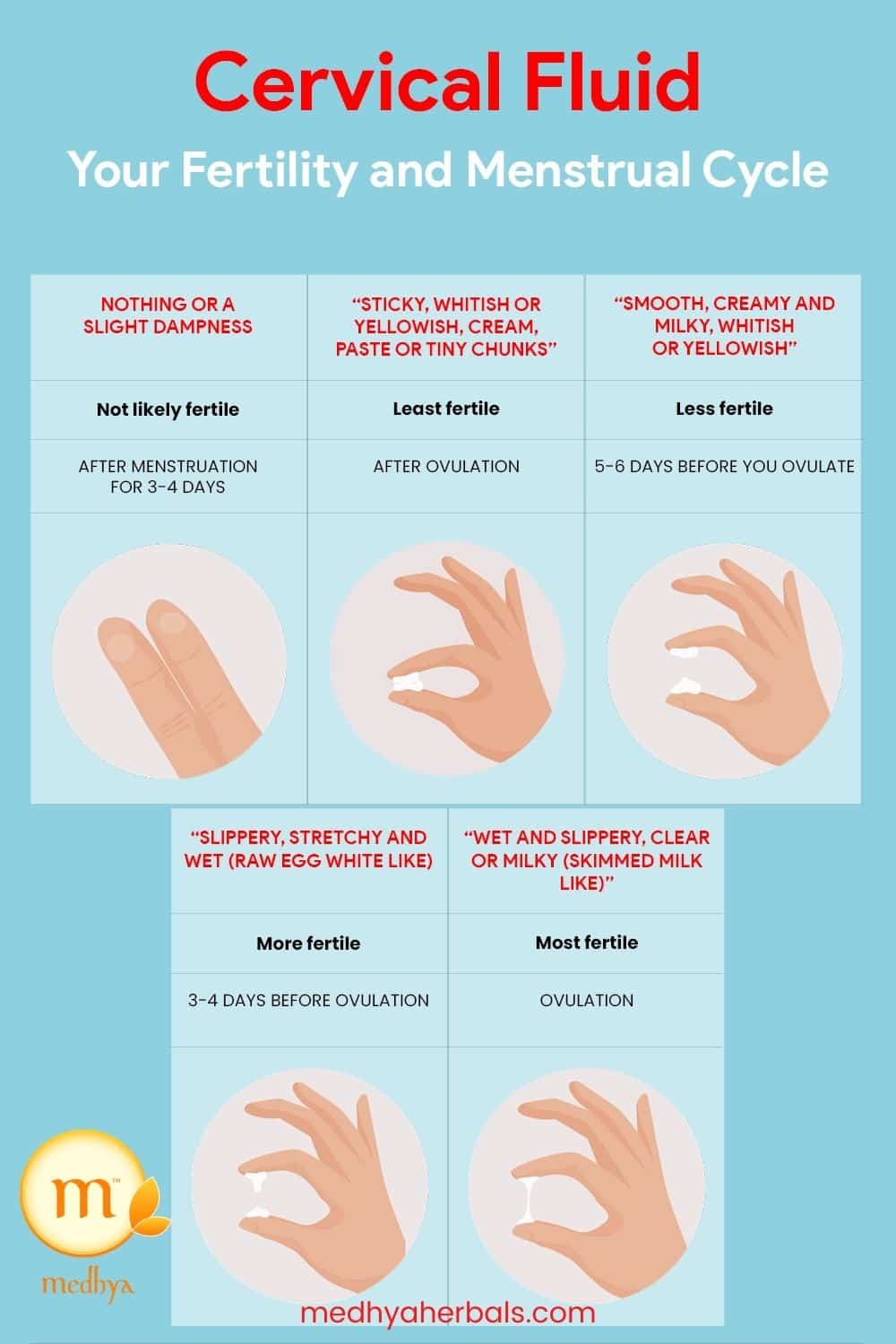
( a) Depicts a situation in which sperm competition occurs with no effect of FRF, or where FRF has been experimentally removed. A schematic representation of the general mechanism by which female reproductive fluid (FRF) can affect sperm competition among ejaculates from two males (indicated by yellow and blue sperm, respectively).

Finally, we conclude by highlighting key gaps in our knowledge and provide a potential roadmap for future research in this area.įigure 1. Fourth, we consider the putative mechanistic processes that underlie such sexually selected functions of FRF. Third, we explore the emerging evidence that FRF can play a role in moderating the selection of compatible/preferred sperm when ejaculates compete for fertilization (i.e. Second, we examine the specific ways in which FRF influences sperm traits. First, we briefly discuss the role that FRF plays before gametes are released, including its effect on males and eggs, and after fertilization, during the early stages of embryo development. The aim of the present review is to broadly synthesize the recent literature on FRF and sexual selection, which together highlights the putative role that this fluid plays in postmating sexual selection (see figure 1 for a graphical overview of the role of FRF in postmating sexual selection). Components of the FRF may include (but are not limited to) ovarian, follicular, oviductal or coelomic fluid, egg chemoattractants, peripheral surfaces to eggs (e.g. In external fertilizers, the females release FRF along with the eggs in internal fertilizers, the FRF remains inside the female reproductive tract. For the purposes of the present review, we define female reproductive fluid (hereafter FRF) as the medium, arising from females, through which sperm must pass on their way to fertilize eggs. While research on seminal fluid continues apace, we know far less about the potential sexually selected roles of female reproductive fluid. For example, in Drosophila melanogaster, seminal fluid proteins have effects on female postmating responses, including changes in egg production, sexual receptivity and activation of the immune system, all of which serve to bias sperm utilization patterns. Seminal fluids play a role in moderating the success of sperm when they compete to fertilize eggs, or in influencing or manipulating females' mating behaviour and the way they subsequently use sperm from different males.

Yet an increasing body of evidence highlights the important role that non-gametic ejaculate components (seminal fluids) play during postmating sexual selection. The formal definitions for sperm competition and cryptic female choice emphasize how selection acts on, and targets, sperm cells, respectively. As highlighted in this special issue, the definitions of sperm competition and cryptic female choice have now been broadened considerably to include externally fertilizing species and those with less well-studied mating systems (, see also ). More recently, the burgeoning field of cryptic female choice, defined as female-mediated mechanisms that bias fertilization toward the sperm of specific males, emphasizes the critical role that females play in moderating the outcome of sperm competition to suit their reproductive interests. Sperm competition was originally conceived as an extension of male–male (intrasexual) competition, but in this case through a contest that plays out among ejaculates from rival males after mating has occurred. This article is part of the theme issue ‘Fifty years of sperm competition'. Taken together, the evidence presented here highlights the likely ubiquity of FRF-regulated biases in fertilization success across a diverse range of taxa, thus potentially elevating the importance of FRF to other non-gametic components that have so far been studied largely in males. Despite these tantalizing insights into the putative sexually selected functions of FRF, we largely lack a mechanistic understanding of these processes. Specifically, through the differential effects of FRF on a range of sperm traits, including chemoattraction and alterations in sperm velocity, FRF has been shown to exert positive phenotypic effects on the sperm of males that are preferred as mating partners, or those from the most compatible or genetically diverse males.

Despite this limited knowledge, evidence from taxonomically diverse species has revealed insights into the effects of FRF on sperm traits that have previously been implicated in studies of sperm competition.

Surprisingly, however, we know far less about female reproductive fluid (FRF) in the context of sexual selection, and insights into male–FRF interactions in the context of sperm competition have only recently emerged. The role of non-gametic components of the ejaculate (seminal fluid) in fertility and sperm competitiveness is now well established.


 0 kommentar(er)
0 kommentar(er)
